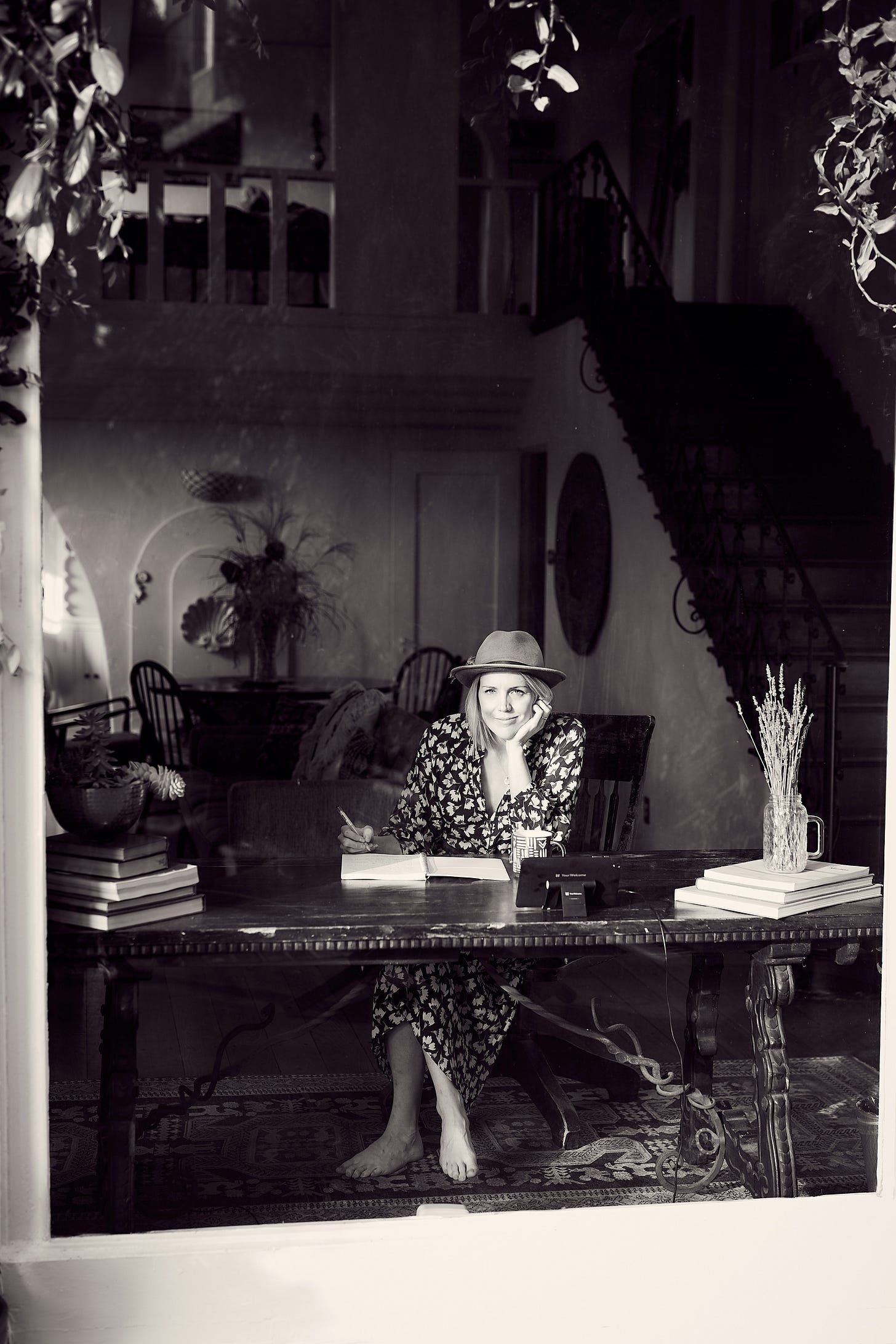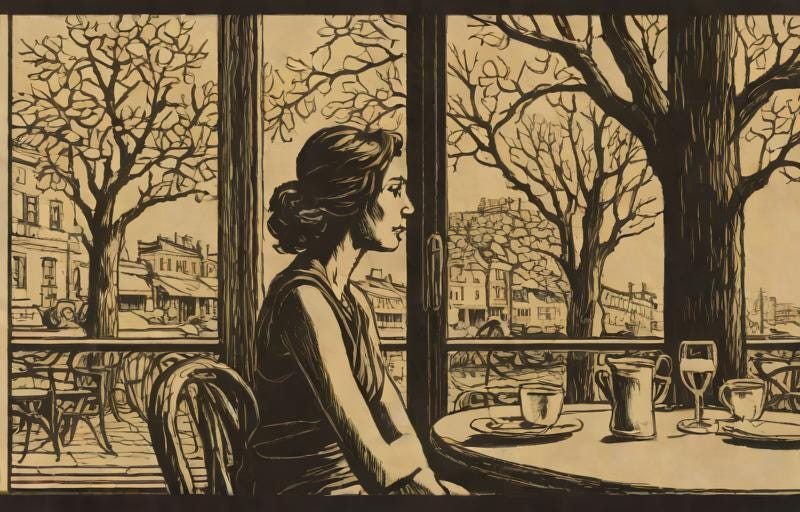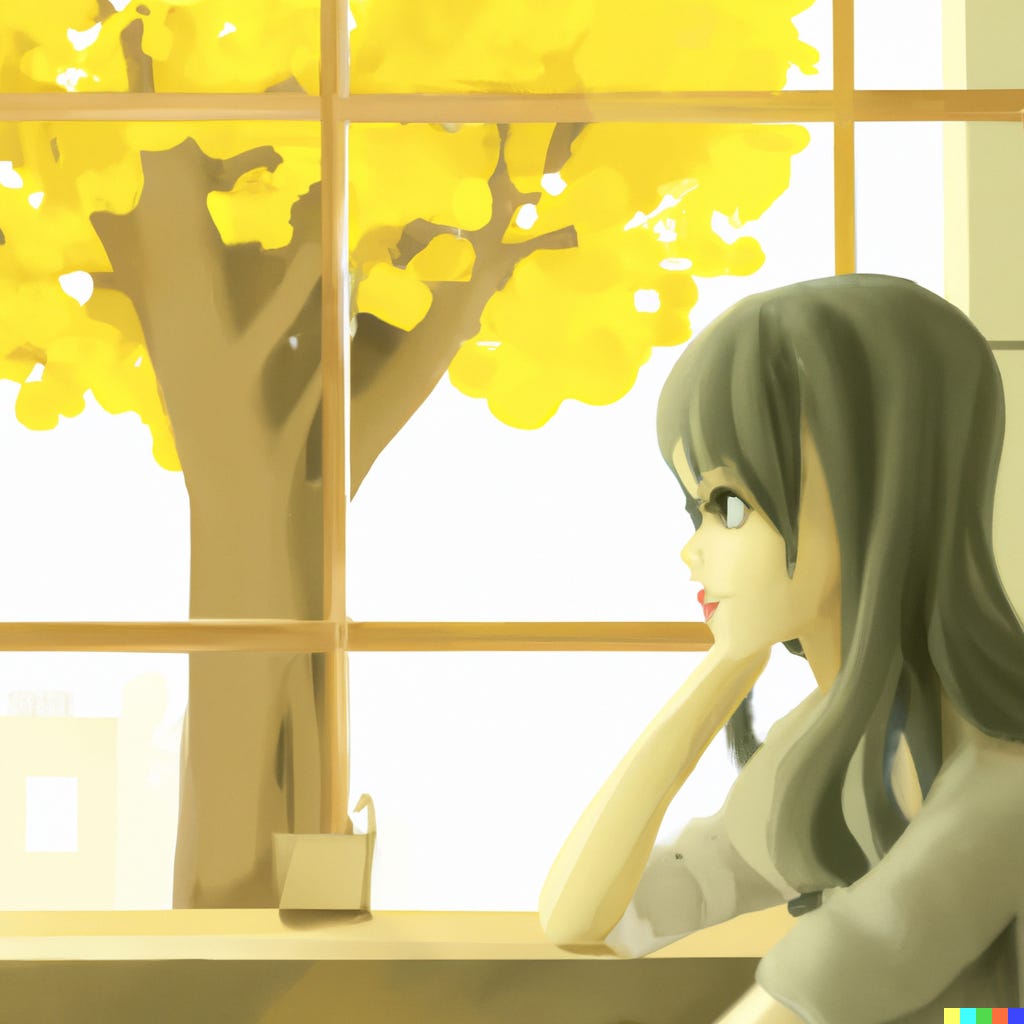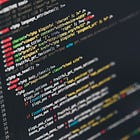I received a great question from a reader on image generation and decided to do a quick post about it.
Have you tried inserting generated images into your articles yet? If not, you are in for a fun treat, albeit with Substack feature constraints.
Substack offers basic AI image generation. To get started, select the image icon in the formatting bar, and choose ‘Generate’ from the drop-down menu.
The optional style listed under the input field essentially allows you to choose the style the tool should apply in its image generation.
For instance, comic (sic) refers to comic-book-styled art, anime to Japanese animation, toon to cartoons, etchings to sketches, etc.
The icons illustrates how a fish is rendered in these various styles.
This is optional, and if you don’t choose a style, the tool will still render the prompt in a default style.
If you have selected a style, but prefer to render without any style, then select the icon again to deselect it.
Try and experiment with different prompts, adding specifics to refine the generated image, to get a feel for the tool and the style you prefer based on your content.
For instance, I lean towards anime, comic, cartoon, or etching styles for my stories in
as they make illustrating mythological scenes in ancient stories more straightforward.The Substack tool1 generates four images per style, facilitating easy comparison.
Substack allows one image to be inserted into your post, and the other images are lost once you exit the image generator window or accidentally click outside of the window!
There are no download options on the images either (sigh!) which is unhelpful since you may get entirely new images or slightly similar images but not the exact ones when you repeat the same prompt (Welcome to GenAI!).
Pro-tip: Save the images as they appear to your computer by using your browser’s ‘Save Image’ feature (use Ctrl-right-click (Mac)) to circumvent this limitation.
Image generation of humans is in its infancy. Eyes are shown disfigured, and human’s extra limbs may surprise you. The comics, anime, and etchings styles are better, depending on the prompts.
For higher-quality images, consider trying the Dall-E or other free online generators though even Dall-E2 from OpenAI struggles to depict realistic human images.
In this post, I've kept the illustration simple to showcase different styles. Check the video for a visual comparison for the same prompt.
Note: Found another bug in trying to insert a second generated image as you can see in the video - it failed! :-)
Have fun experimenting and adding flair to your articles if you prefer!
The result in the etching style for the same prompt is below:
Alternate Image Generation
Dall-E for the same prompt produced poor human forms. I added anime to the prompt for a better image. Changing style to digital art resulted in a different image.
Note: Yes, there are still thorny issues surrounding the fair use of original artworks, attribution, and future revenue sharing in AI governance issues, but addressing these concerns is not the focus of this post!
Bonus Tip: Reverse Image Search
How about trying to find similar images of what you generated on Unsplash? Use the visual search feature on Unsplash by uploading the image you generated or another you like on the web.
Unsplash also uses machine learning, the building blocks of AI, to approximate the image as closely as possible from its extensive database.
This feature enables you to also trace the source of Unsplash images found on other sites or seek images with a similar style that have an open license.
The How:
On the Unsplash homepage, instead of inputting text, click on the image icon in the rightmost corner. See below:
This will reveal the pop-up menu:
I used this feature to find the closest image to the one generated by the Substack tool. It is still up to the writer to decide which one to use for their post!

Was this post helpful? I welcome your feedback.
See Rat‘s comment below for publications with sub-100 subscribers receiving poorer quality images in his tests. It is very strange as if Susbtack have lowered the quality threshold (fewer diffusion models perhaps). It may be related to cost savings as it is processing power optimization but this is a barely used feature as far as I can tell from reading other publications and from reader feedback. I am conjecturing here on Substack’s reasons, as there is a lack of documentation on this feature on Substack and elsewhere online. Good catch, and thanks for sharing this caveat
! To the others - there are plenty of free image generators online and this caveat incents you to find one you like better!









Thank you so much for this post! You have no idea how you have “educated” me and made me more confident in “swimming” across the platform of Substack!
I have said this before and I repeat You are a GEM!! 😘
In building out our new Members’ Corner, I've discovered that one of the biggest challenges for many of our Projectkin.Substack.com members has been coming up with images that help tell the story. This post is now one of my favorite referrals to show people just how easily it can be done.
🤫 A related trick is to realize that you do NOT have to choose the first image in your post as the social share image. You get a chance in settings to select one of the other images in your post, OR upload a specific one for sharing. That's crucial since the (landscape preferred) image can make all the difference in the visibility of a post.